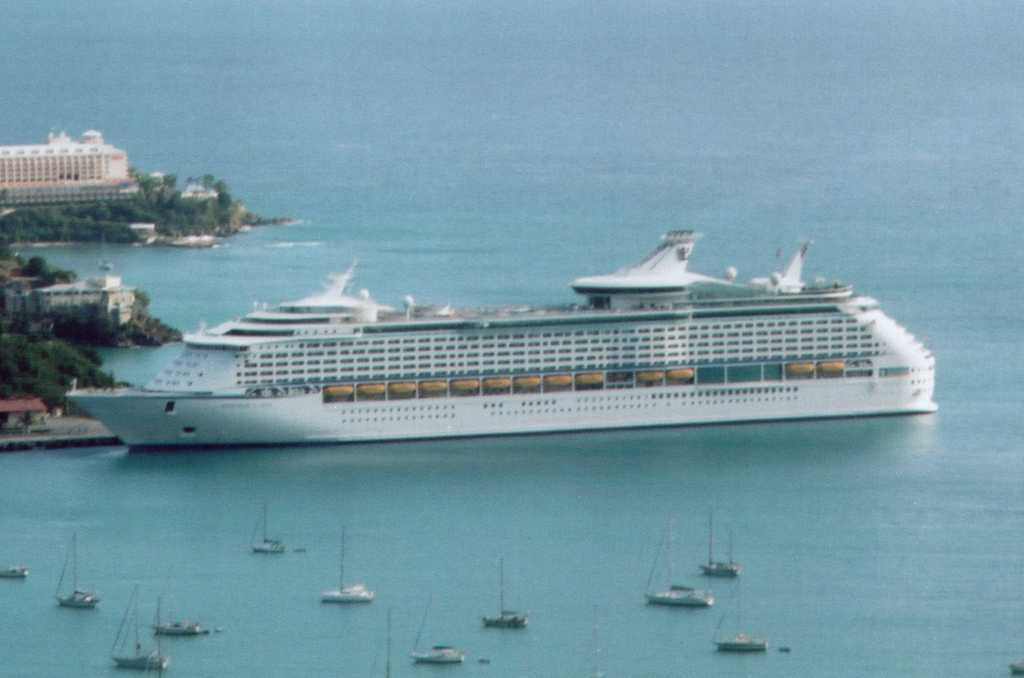In recent months, the cruise ship industry has come under immense scrutiny in large part due to dangerous mishaps and safety concerns. Progress on repairing this industry’s public image problem grinded to a halt on Wednesday, Jan. 29 when the Explorer of the Seas, a gigantic cruise ship carrying thousands of people and owned by Royal Caribbean, returned to port in Bayonne, N.J. several days early after hundreds of the passengers fell sick with a debilitating and contagious virus. According to the U.S. Centers for Disease Control and Prevention (CDC), 630 passengers and 54 crew members became sick with norovirus, and even though this virus is a common visitor to cruise ships, this outbreak was the largest recorded in the U.S. in 20 years. Norovirus is brought on board cruise ships almost always by passengers and the symptoms associated with it, including vomiting, pain and diarrhea, are unpleasant to say the least. Cruise ships present the perfect environment for the norovirus to thrive in because the virus has the ability to spread easily and rapidly where there are significant numbers of people gathered together in a secluded space for an extended period of time.
Kim Waite, a native of London, England and a passenger on the Explorer of the Seas when the norovirus outbreak took place, described the conditions on the ship to CBC News: “There were just hundreds of people being sick everywhere. They were throwing up in buckets and bags – I started crying. I couldn’t believe it,” said Waite.
“Best cruise of my life,” one passenger jokingly told CNN while leaving the ship. “I lost five pounds.”
Other passengers, such as Shannon Blace, described the entire ordeal to CNN as a “big nightmare.” All passengers received a 50 percent refund and a 50 percent credit for a future cruise to compensate them for having to endure those conditions. However, I would argue that was not enough. Moreover, as bad as this incident sounds, there have been even worse cruise ship mishaps that have taken place recently. For example, the cruise ship Costa Concordia capsized off the coast of Italy on Jan. 13, 2012 leading to the death of 32 passengers and revealed fatal lapses in safety and emergency procedures. Italian investigators stated the ship was navigating too close to the shore and as a result, it struck a rock and capsized. Several crew members and company executives were prosecuted for various charges including manslaughter and negligence while the ship’s captain, Francesco Schettino, is currently still in the midst of a criminal trial. Late last year, the ship was raised and it is currently being prepared to be safely moved to a shipyard to be disassembled.
In February 2013, the Carnival cruise ship Triumph and its passengers found themselves stranded in the Gulf of Mexico for five days after a fire in the engine room left the ship crippled and without power. More than 4,200 passengers were forced to endure power outages, overflowing toilets and food shortages. The incident quickly grabbed national headlines at the time and it became nicknamed “the poop cruise” due to the malfunctioning plumbing throughout the ship. In May of 2013, Royal Caribbean’s Grandeur of the Seas was forced back to port early after an intense fire engulfed and charred the stern of the ship. Fortunately, there were no casualties. Several months later, the cruise ship Silver Shadow, which is operated by Silversea Cruises, failed a routine CDC health inspection after it was revealed food that was being served to passengers was being stored in crew cabins and other improper locations. These are just a few examples of the severe mishaps and safety concerns that have taken place recently on cruise ships and they seem to be on the rise.
Since little progress has yet to be made, maybe the largest outbreak of norovirus in 20 years in the United States will finally send a wake-up call to politicians and the cruise ship industry that more emphasis on safety and regulation of cruise ships is well overdue and needed now. I question whether these gigantic ships and the companies that own them have to ability to handle large-scale evacuations or emergencies like the ones described previously. West Virginia’s own Senator John D. Rockefeller IV introduced legislation in 2013 that would help improve and strengthen the federal government’s oversight of the cruise lines and their safety procedures. This was a good first step. However, because most major cruise ship companies are based in foreign countries, it would be difficult, if not impossible, to force them to comply with such legislation. In addition, this legislation does nothing to limit the size of cruise ships and I would argue that because these vessels are so large and resemble small cities, handling emergencies on them is challenging. Higher maintenance standards, including checking and repairing vital parts of the ship more often, frequently cleaning common areas and limiting the number of passengers per ship, are just a few steps that can be taken to improve safety. The cruise industry is struggling to recognize the problems within it and sometimes it appears to me that their main concern lies solely with making money rather than the safety of the passengers. It is time to hold cruise lines accountable and to regulate them like we regulate the train and airline industries before another crisis at sea takes place.

